Children’s horror is a shocking genre, even just knowing these two spaces coexist. While there are many examples of children’s horror out there, some stretch the overlap between horror for adults and spooks for children a tad too far. Horror games like the Five Nights at Freddy’s series and Poppy Playtime have set the trend for games in the horror genre to progressively market more toward children.
While it seems to be working, is this genre crossover good? Where do you draw the line between true horror and playful spookiness? Below, we’ll explain what children’s horror is, what it isn’t, and how certain games have shifted marketing tactics to appeal to a far younger audience than appropriate.
What is Children’s Horror?

Children’s horror is a blanket term not limited to video games. It can apply to books (Goosebumps), movies (Monster House), and, more often than not, covers these kinds of media instead of video games. In comparison, horror for video games geared towards young adults hasn’t been any kind of secret in the gaming industry.
Practically since the internet existed, horror games like Slender Man were marketed towards both teenagers and adults, with the younger side of its audience ending up as the primary demographic. Children’s horror can be, and often is, an acceptable genre of fiction that gives kids a good scare without going overboard. Media like Coraline, the 2009 film adaptation of Neil Gaiman’s children’s book, is a great example of horror that unnerves without going into gritty details.
Related: All FNAF Security Breach Characters
So, what does horror designed for kids do in video games that other pieces of media tend to avoid? What does Five Nights at Freddy’s and Poppy Playtime do that other games, books, and movies do not? Five Nights at Freddy’s is the main catalyst here, almost a direct reason why games like Poppy Playtime even exist, games that market almost exclusively to children who aren’t even close to their teenage years. However, it didn’t start marketing to children; it started out quite differently.
A Brief History of Five Nights at Freddy’s

Five Nights at Freddy’s was a game that came out of nowhere from a developer who didn’t expect such popularity to be thrust upon him so quickly. Scott Cawthon is a father, Christian, and amateur game developer who used the unnerving nature of his model creation style to its natural strength.
After he initially tried to make games designed for children, Chipper & Sons Lumber Co., the reviews that he received reported that his models looked too scary, something that wouldn’t appeal to kids at all. Changing up his plan, he decided to lean into the idea of being intentionally scary and appealing to a more general audience. The combo of having genuinely spooky animatronic models, set in a nostalgic time and place everyone is at least familiar with, made Five Nights at Freddy’s a perfect storm for success.
Related: All FNAF Security Breach Ruin DLC Characters & How They’ve Changed
When success painted over Five Nights at Freddy’s, it shined, largely due to YouTube Let’s Players and the virality behind their over-the-top reactions to Freddy Fazbear and the gang. The kickoff for the franchise launched the series into popularity, which only heightened as the series continued. However, something that theorists likely couldn’t predict at the time is what a Let’s Player audience would do to the franchise and how it would transform itself over time.
It evolved and branched out into other forms of media. From 2014 to the release of Five Nights at Freddy’s 4, the games were largely considered indie horror titles, appealing to both young adults and adults but not necessarily to children. Not yet.
Transition From Indie Horror to Children’s Horror
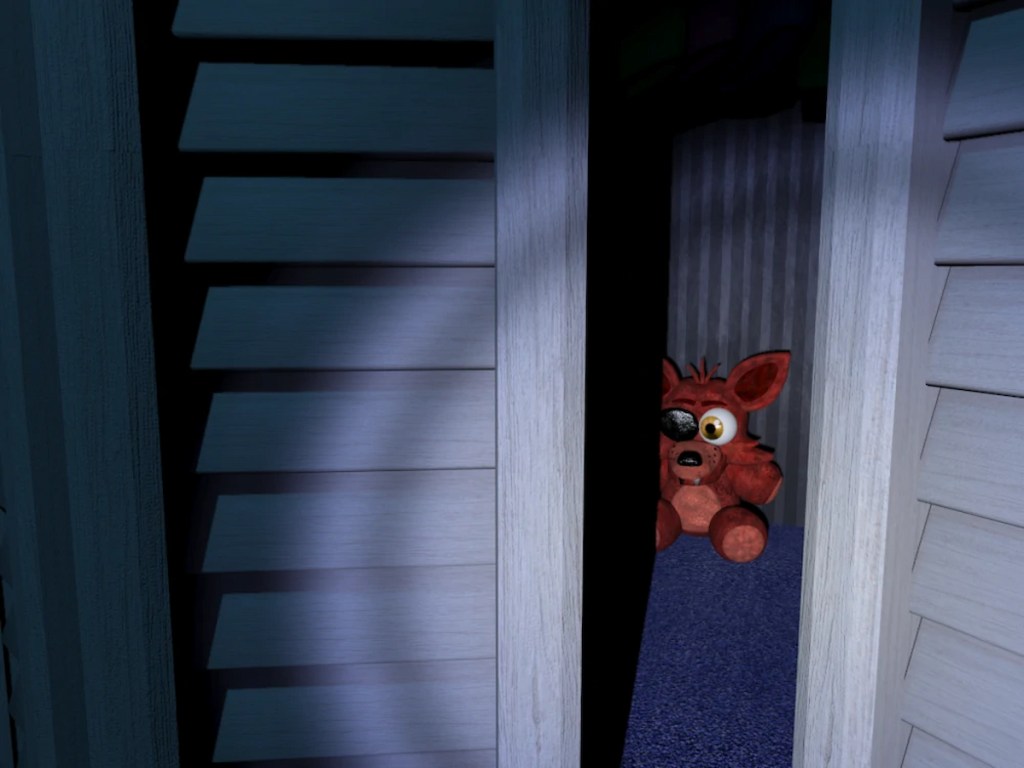
Two major incidents are responsible for what transitioned the FNAF franchise from Indie Horror to Children’s Horror; some would argue, creating an entirely new genre in video gaming. The first was Five Nights at Freddy’s 4. While the first, second, and third games focused on a grim setting that was very much from the perspective of an adult, the switch to a child’s point of view helped blaze the trail between the two genres.
Believe it or not, in 2015, plushies for this game were nonexistent. The only way you could secure your own was to search the term on Etsy and hope for the best. Once FNAF4 placed more emphasis on the plushies (Foxy’s being a core game mechanic) and the child protagonist, that’s when the franchise began to shift its target audience.
Another aspect of the turn from Indie to Children’s Horror was the all too prevailing understanding that Five Nights at Freddy’s, as a franchise, owes its success largely to the content creators of the time. While the demographic for such Let’s Players (Markiplier, Jacksepticeye, Game Theory) are teenagers and older, that doesn’t stop the younger generation from being targeted for such content. While YouTube Kids does a decent job of separating the adult content from what’s appropriate for a child, children will still be children on standard, unabridged YouTube. The concept that an algorithm can protect innocence is laughable.
From 2015 onward, with the introduction of plushie sales to the mix and the exchange of hands that the franchise underwent some six years later, the situation began to devolve as the view of the franchise’s future changed shape.
The nail in the coffin for genre switching became even more apparent as vendors like GameStop and other hobby stores began carrying FNAF plushies and other merchandise aimed at children. As the series gained more popularity from a younger player base rather than teens and adults, the publishers dug their heels in. They began marketing to where traffic was going, doubling down on its child fanbase.
Finally, with the release of Five Nights at Freddy’s: Security Breach, the game took a step down from being about gritty details to something a little more friendly, at least on the surface. While Security Breach may be more kid-friendly and PG, the previous games are not.
Is Children’s Horror a Viable Genre?

Children’s horror, when done within reason, is a genre that can be successful and even good for children. Going back to our example of Coraline, the movie presents the idea gently to kids that spooks and little things like creepy jumpscares are things that can be fun. Without necessarily breaching any kind of innocence, Coraline does as children’s horror should: approaches the idea of horror within a scope that young kids can handle.
However, the direction Five Nights at Freddy’s takes in the modern-day is different because of the source material and how it presents itself. FNAF, as a franchise, doesn’t shy away from the graphic stuff, such as what happens when you’re caught and get a game over or what happened to the children that caused the suits to get haunted in the first place. These details separate FNAF as a whole from other attempts at children’s horror, making it something for young adults that’s marketed to a much younger audience.
Following that path to success, Poppy Playtime is an example of the same formula with a conscious but unfortunate intention to market to children. While FNAF took a while to come out with plushies for kids (and wasn’t even originally intended for kids anyway), the latter game came with plushies of Huggy Wuggy and other characters practically out of the box.

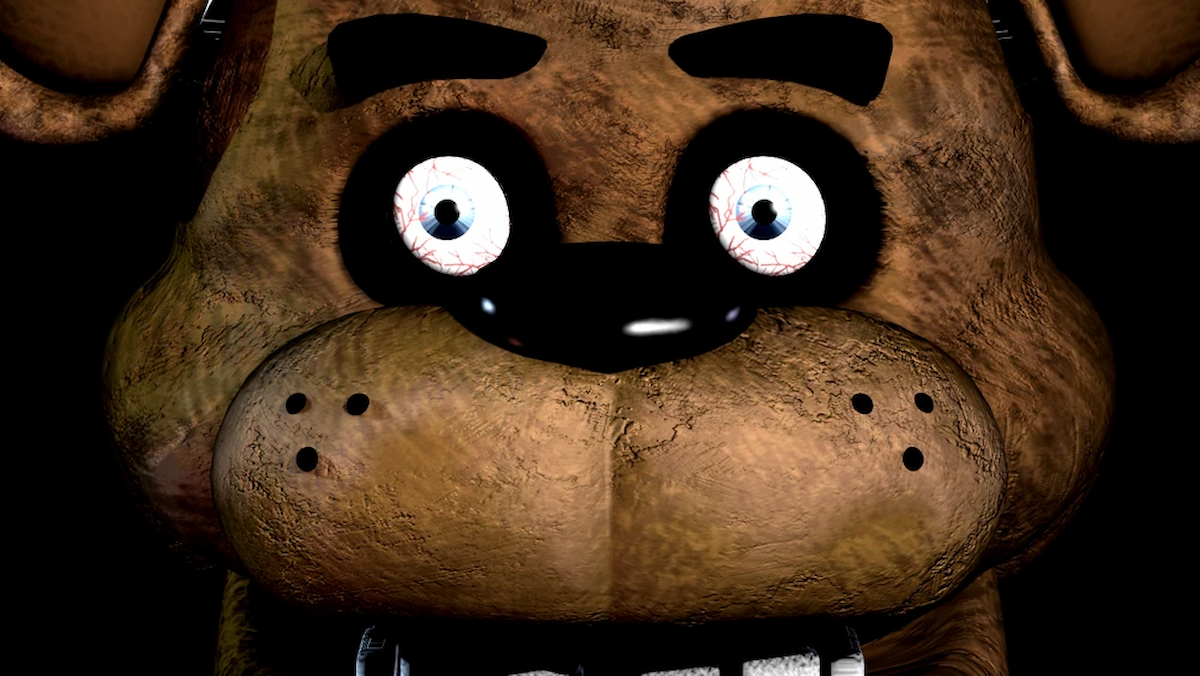
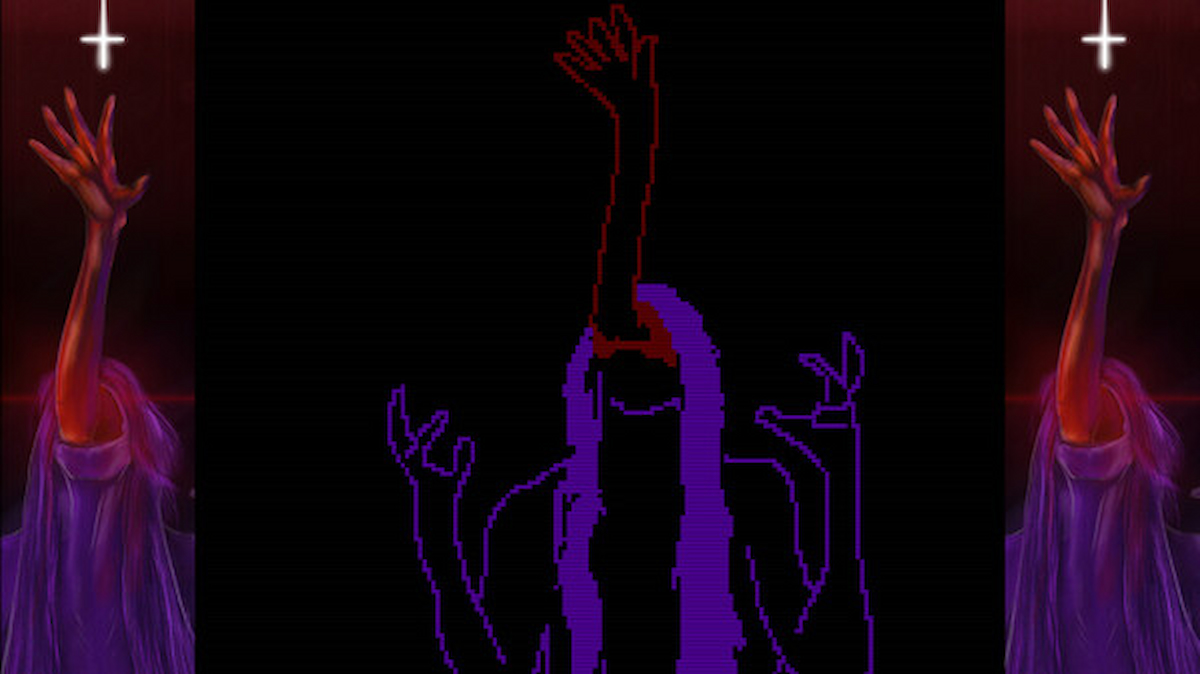
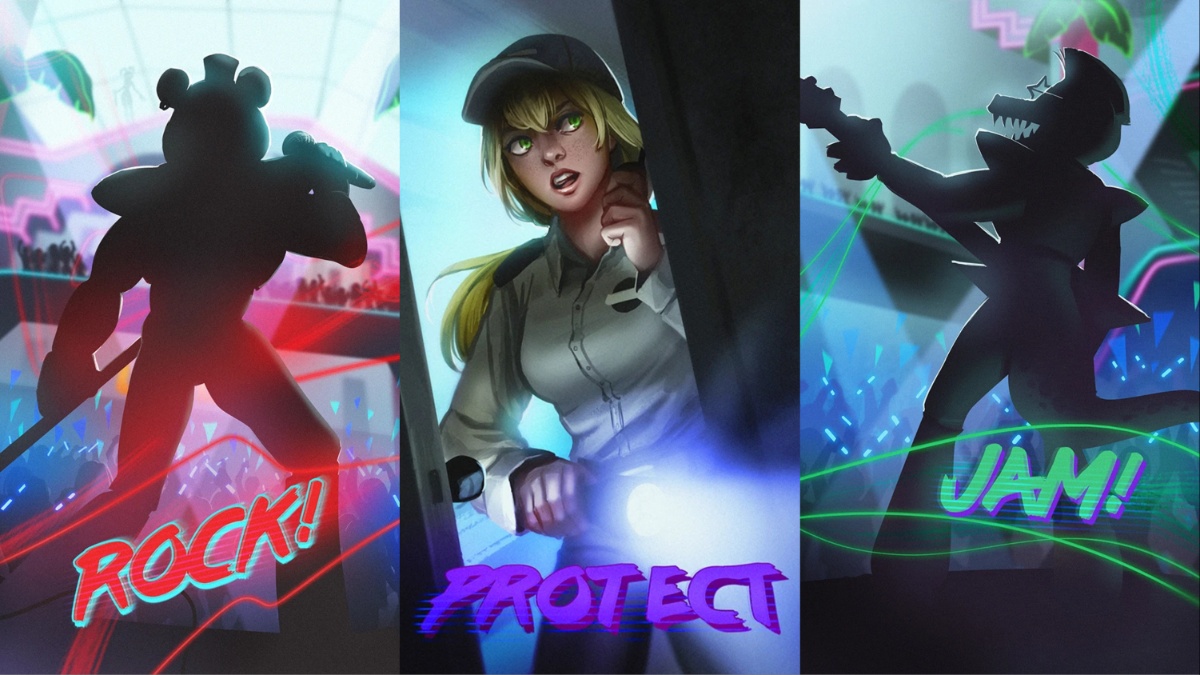
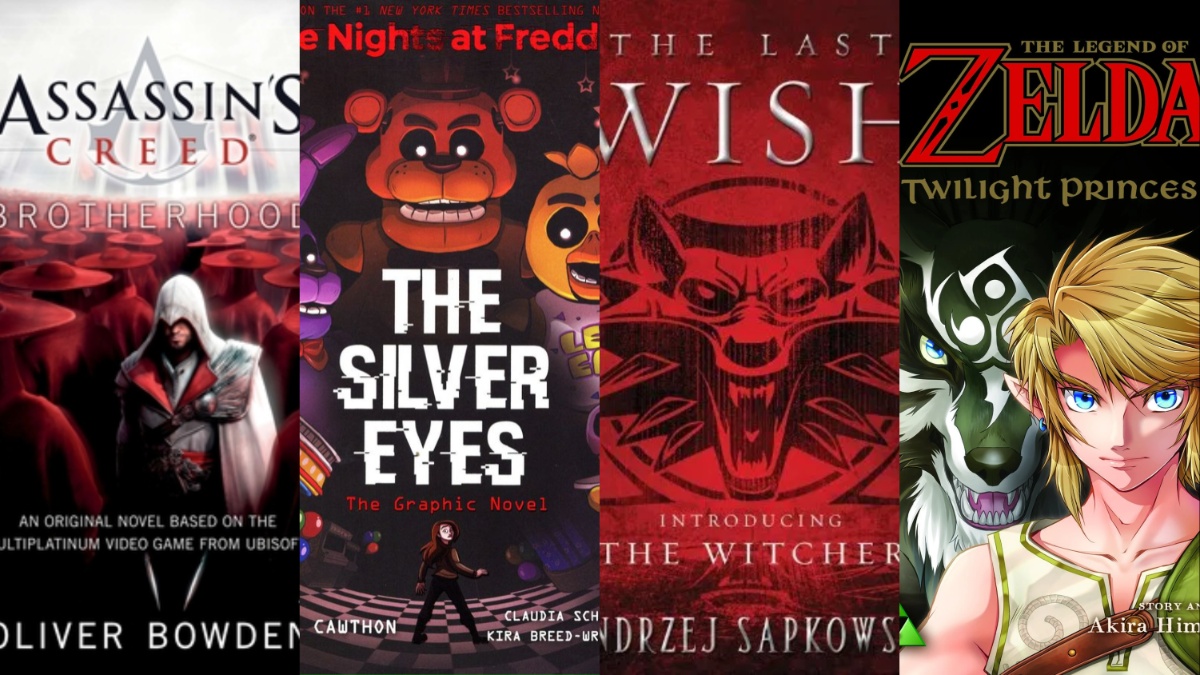


Published: Sep 22, 2023 12:14 pm